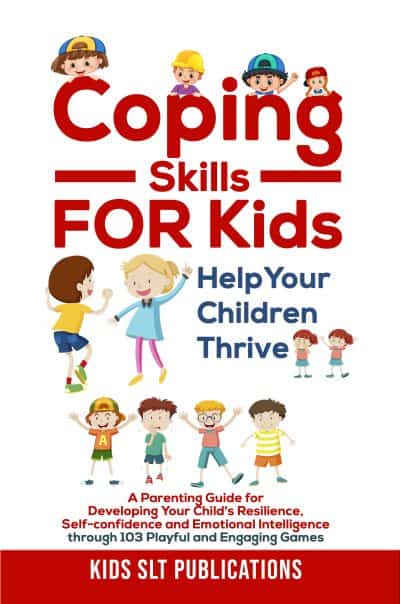Description
For too long, we have been told to “control our emotions” but behind these words, there is no empathy. The only thing we have learnt is to repress how we feel and to not show how we feel. What we learn, we pass on to our incredibly influential children.
Have you ever heard of the “White Bear Problem”? When we are asked not to think of a polar bear, the only thing we can think about is the polar bear. This ironic process theory explains why emotions that are left ignored only to come back stronger.
Let’s put this into perspective. You have a fight with a friend, a co-worker, or your partner. Inside you are enraged but society tells you it’s not correct to express your rage. So, it eats away at you for hours, even days. And you are an adult!
Looking at your child, they too have intense emotions and despite their problems not being as grand as ours, for them, the only way to handle the build-up of these feelings is to explode. It makes perfect sense, but that doesn’t make it easier for you to cope with.
Emotions are an incredibly complex topic. And on the topic of empathy, if it’s challenging for us adults to comprehend and control emotions, it’s harsh to expect little people to do it.
These 103 activities and more will allow you to discover
- 13 ways to prioritize your own emotional regulation before attempting to be the perfect example
- how research and evidence into topics like the Polyvagal Theory can improve your understanding of the physiological impacts of emotions
- why emotional intelligence is considered as important as the intelligence quotient
- how to actively listen to your child—even when you think you have mastered this skill
- what is means to be “triggered,” how to discover yours, and help your child understand theirs
- why children have the right to set boundaries and how to help them set theirs
- how activities as simple as a Kindness Challenge can open your little one’s eyes to the world around them
- the difference between primary and secondary emotions and why this matters
- how to read your child’s body language to uncover how they really feel
- the most simplified version of the Emotions Wheel that you can use to help children connect the dots between their emotions
- 13 activities that are dedicated just to you—to your mental health—to your emotional regulation, ensuring the best possible role models as caregivers
- and so much more!
Your time as a busy parent is certainly not to be wasted. Emotional regulation isn’t about sitting down and teaching your child another skill. It’s about taking advantage of everyday moments to increase awareness, play games, and have fun.
You have all the knowledge and techniques to improve your emotional awareness and set your child up for greater success right here.
If helping your little one understand and regulate their emotions is a top priority, get this book now and see how easy it is to change your family life!





Comments